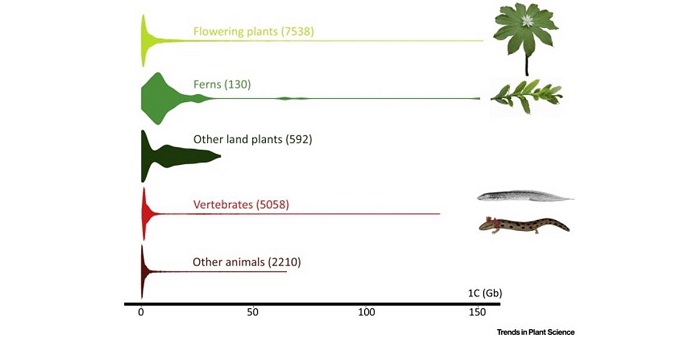
Opinion: Is there an upper limit to genome size? ($)
Blog, Plant Science Research Weekly, Research, Research Blog0 Comments
/
There are only ten organisms known to have genomes larger than 100 Gb in size and six of those are plants. Both Numbers 1 and 2 on the list are plants with genomes that are nearly 50x the size of the human genome (which is 3 Gb), and over 1000x that of Arabidopsis: the 148.8 Gb-genome Paris japonica…
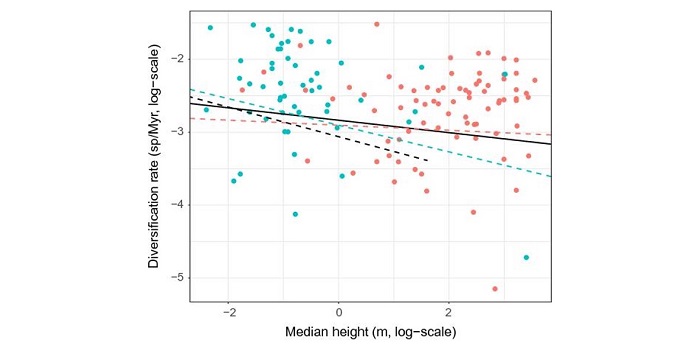
Plant size: a key determinant of diversification
Blog, Plant Science Research Weekly, Research, Research Blog
Diversification in plants is driven by many factors, but one trait, plant size, has been systematically overlooked, in contrast with the zoological field where the influence of body size on diversification has long been recognized. In this Viewpoint paper, Boucher et al. try to convince us why we…

Live online chat discussion with featured community member Anne Sternberger
Blog, Careers, Research, Research BlogMark your calendars for the first Plantae.org live online chat discussion with featured community member Anne Sternberger!
Support your peers | Discuss plant science topics | Learn about how others work
Tuesday, June 27th at 5pm EST / 11am HST | Join: www.plantae.org/annes
Anne is…

The Role of an Animal-Like Cryptochrome in a Green Alga
Plant Physiology, Plant Physiology: On The Inside, Research, Research BlogLight is an essential environmental factor for photosynthetic organisms, serving as a source of energy and signal information. To precisely perceive and respond to different wavelengths of the light spectrum, eukaryotic photosynthetic microorganisms and higher plants have developed different classes…
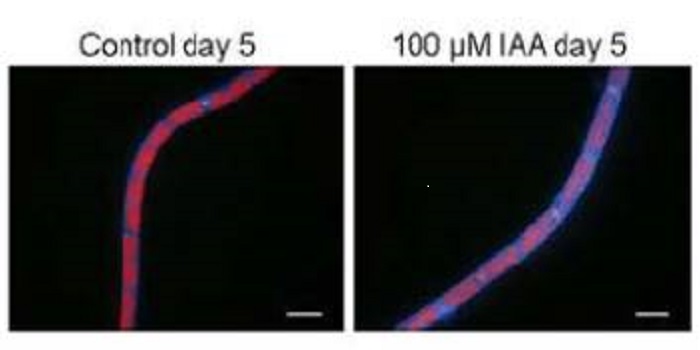
Auxin Regulates Growth of a Characean Alga
Plant Physiology, Plant Physiology: On The Inside, Research, Research BlogAuxin regulates many aspects of growth and development in land plants, but the origin and evolution of auxin signaling and response mechanisms remain largely unknown. Genome analyses of the moss Physcomitrella patens revealed the presence of the principal gene families involved in auxin homeostasis and…
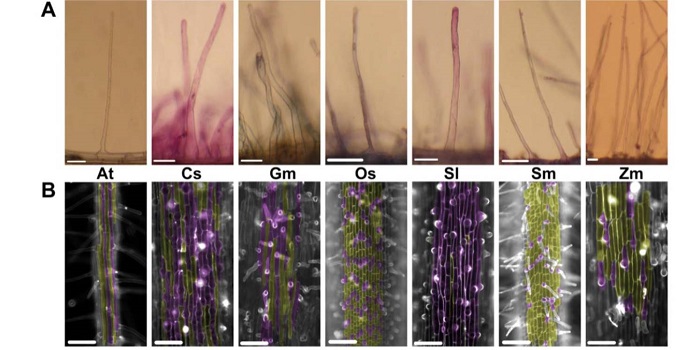
Is All Root Hair Development the Same?
Plant Physiology, Plant Physiology: On The Inside, Research, Research BlogRoot hairs are long tubular extensions of root epidermal cells that greatly increase the root surface area and thereby assist in water and nutrient absorption. Root hairs are found in nearly all vascular plants, including angiosperms, gymnosperms, and lycophytes, and they exhibit similar cellular features,…
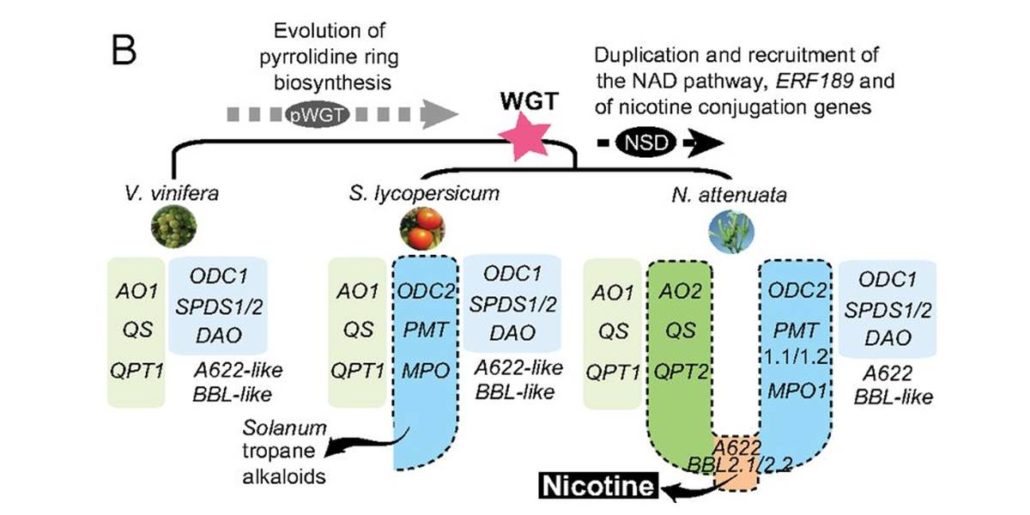
Wild tobacco genomes reveal the evolution of nicotine biosynthesis
Plant Science Research Weekly, ResearchThe genus Nicotiana encompasses several species and hybrids, the most famous being Nicotiana tabacum, cultivated for production of tobacco. Xu et al. sequenced the genome of Nicotiana attenuata and Nicotiana obtusifolia with an interest in identifying the origins of nicotine biosynthesis. Nicotine is…

Review: Ancestral alliances: Plant mutualistic symbioses with fungi and bacteria ($)
Plant Science Research Weekly, ResearchMartin et al. have written a must-read review on the evolution of plant mutualistic symbioses and strategies through which hosts and microbes communicate and coordinate their activities. This review also covers the contributions of hormones in the formation of symbiotic tissues, and how the mutualistic…
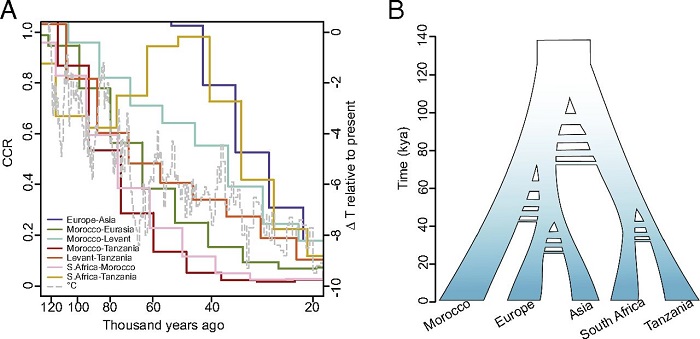
Early history of Arabidopsis thaliana
Plant Science Research Weekly, ResearchArabidopsis thaliana is a good study system to shed light on evolutionary processes. Its broad native range and genetic diversity provide resources to study speciation and local adaptation. Durvasula et al. studied the early history and transition to selfing of this species by comparing genome sequences…

